- Empty cart.
- Continue Shopping
Peenari (Sterculia Foetida)
Original price was: ₹558.00.₹297.00Current price is: ₹297.00.
Genus : Sterculia
“The Peenari Fruit Plant is a tropical tree that produces delicious and juicy fruits. With its sweet flavor and refreshing taste, it’s a popular choice for fruit enthusiasts. Learn how to cultivate this plant and enjoy the bountiful harvest of Peenari fruits.”
Sterculia foetida, commonly known as the Java olive, is a tropical deciduous tree that belongs to the Sterculiaceae family. It is native to Southeast Asia, including India, Malaysia, and Indonesia, and is widely cultivated throughout the tropics as an ornamental plant.
The tree can grow up to 30 meters tall and has a spreading crown and a thick trunk. Its leaves are large and palmate, with five to seven lobes that are elliptic or ovate in shape. The leaves are bright green and turn yellow or reddish in color before falling off during the dry season.
The Java olive produces small, yellow-green flowers that are clustered at the ends of branches. The flowers have a foul odor, which gives the tree its common name. The tree also produces a large, woody fruit that is round or oblong in shape and has a hard shell. The fruit contains several seeds that are surrounded by a sweet, edible pulp.
The Java olive is used in traditional medicine to treat various ailments, including skin diseases, respiratory problems, and digestive issues. The tree is also used for its timber, which is used to make furniture, musical instruments, and carvings.
The Java olive prefers well-drained soil and can tolerate a range of temperatures and rainfall patterns. It is a hardy tree and can survive in both dry and wet climates. The tree is also easy to propagate from seed or cuttings.
In summary, Sterculia foetida, or the Java olive, is a tropical deciduous tree that is valued for its ornamental, medicinal, and timber uses. It is a hardy tree that can survive in a range of conditions and is widely cultivated throughout the tropics.

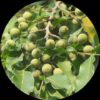


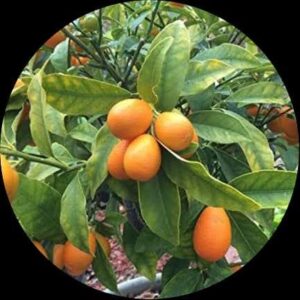

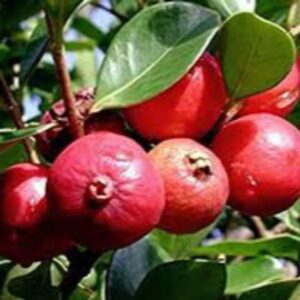
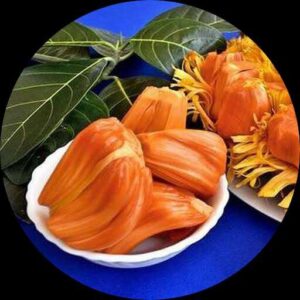



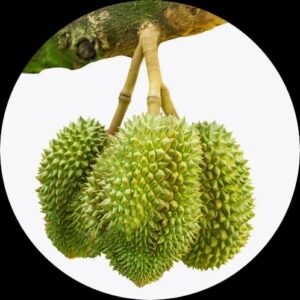
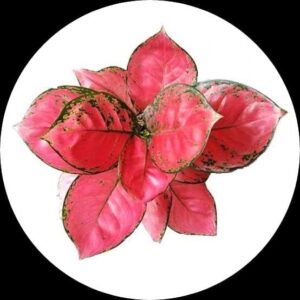
Reviews
There are no reviews yet.